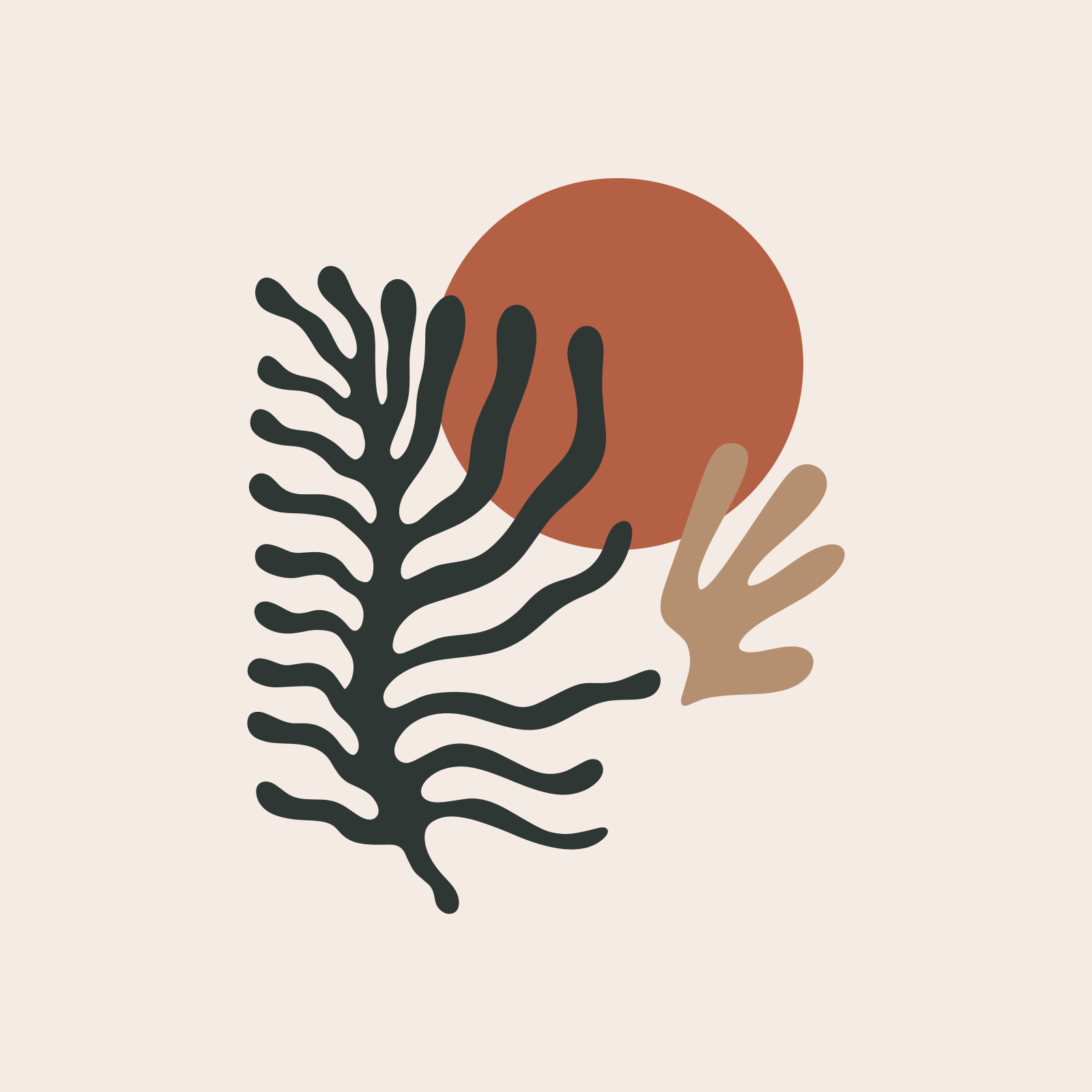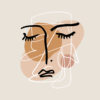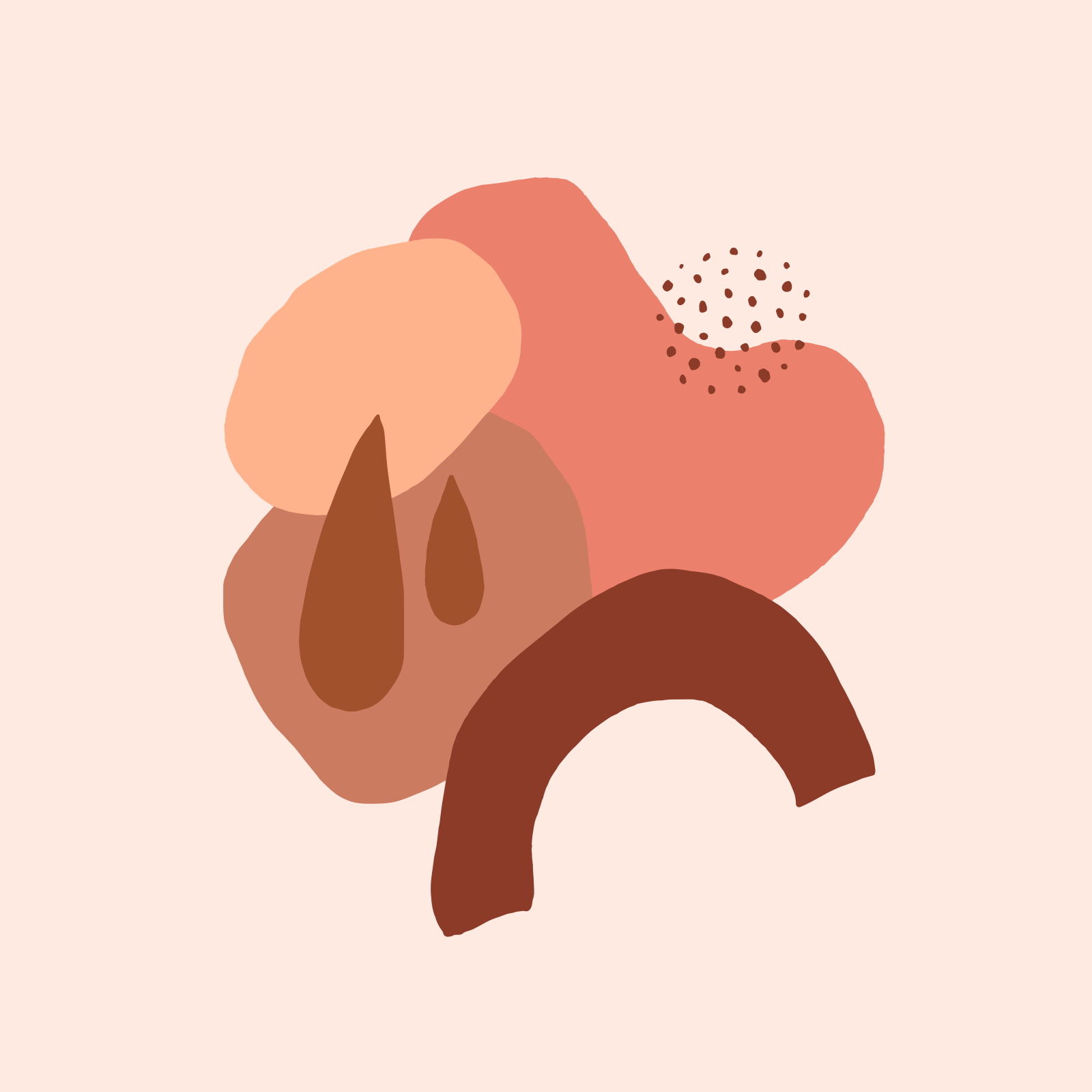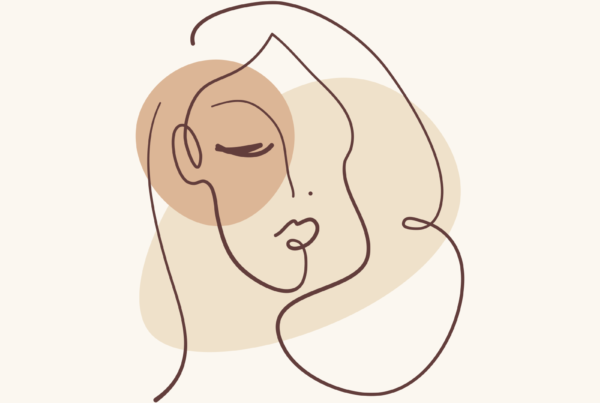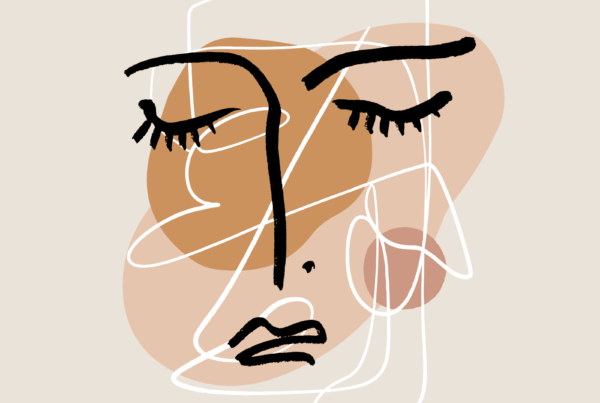Mention claustrophobia, social phobia, or arachnophobia and everyone pretty much knows what you are talking about. However, if you mention agoraphobia, most people will just shake their heads.
Because of this, many people who get agoraphobia often take a long time just finding out what is wrong with them. Since the panic and anxiety symptoms that come with agoraphobia are so physical, people who get agoraphobia commonly visit a succession of doctors in search of a diagnosis. Since medical doctors are not usually trained to diagnose agoraphobia, or most anxiety disorders, agoraphobia has had time to become deeply rooted in most people long before they know enough about the disorder to seek the proper treatment and recovery processes.
In light of this, here are some basics about agoraphobia:
Agoraphobia is “anxiety about, or avoidance of, places or situations from which escape might be difficult (or embarrassing), or in which help may not be available in the event of having a panic attack or panic-like symptoms.” (DSM-IV)
Agoraphobia is a type of anxiety disorder. The term agoraphobia comes from the Greek words agora (marketplace) and phobia (fear). Literally translated as fear of the marketplace, people with agoraphobia are afraid of open or public spaces.
In reality, most people with agoraphobia are not so much afraid of open and public places as they are afraid of having a panic attack in these settings, especially settings in which there may be no one to help in the case of a panic attack or actual emergency.
The more common symptoms of agoraphobia are:
Panic Attacks: Periods of intense fear, usually lasting about ten minutes or so (but sometimes longer).
Avoidance Behavior: Avoiding places and situations that are hard to escape from or that might be embarrassing to have to suddenly leave. Most commonly, this is because they fear having a panic attack or unexpected catastrophe and not being able to get help or get away.
Developing ‘Safe’ People: People with whom the agoraphobic is highly familiar with and feels emotionally close to. Safe people are usually parents, spouses, children, or close friends and relatives.
Developing ‘Safe’ Places: Places in which the agoraphobic feels psychologically comfortable. The most common safe place for someone with agoraphobia is their own home.
Scanning: Obsessive monitoring of one’s own body for strange or unusual symptoms.
Fear of being alone: This is related to the fear of having no one to help in the case of a panic attack or real emergency.
If you suspect that you or someone you know might have agoraphobia, don’t waste any time in learning about the disorder. Research has shown that the sooner you start the recovery process the more likely the chances of a successful recovery are.
You can learn more about agoraphobia online at the the following recommended links:
https://www.anxietyuk.org.uk/anxiety-type/agoraphobia/
https://www.dailystrength.org/group/agoraphobia-social-anxiety
https://www.therecoveryvillage.com/mental-health/agoraphobia/how-to-help-a-friend-with-agoraphobia/

